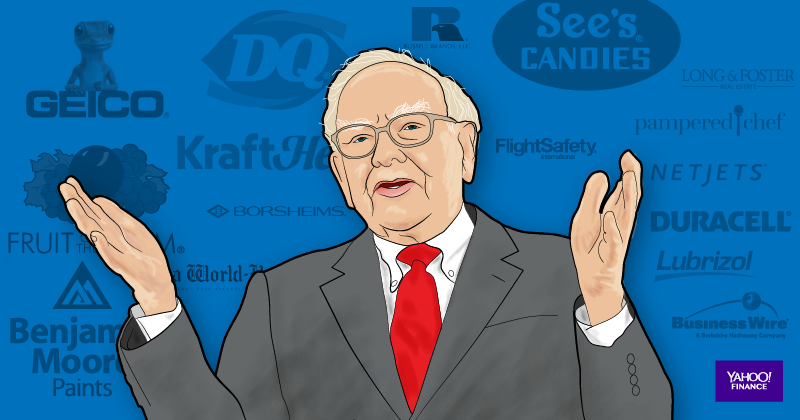
The original company, Berkshire Cotton Manufacturing, was incorporated in 1889. Forty years later, Berkshire combined operations with the several other textile mills, resulting in one of the New England’s largest industrial companies. During this period, Berkshire produced approximately 25 percent of the country’s cotton needs and absorbed 1 percent of New England’s electrical capacity.
In 1955, Berkshire merged with Hathaway Manufacturing, and the name was subsequently changed to Berkshire Hathaway.
Unfortunately, the years following the merger were dismal. In less than 10 years, stockholder’s equity dropped by half and losses from operations exceeded $10 million. During the next 20 years, Buffett, along with Ken Chace, who managed the textile group, labored intensely to run around the New England Textile mills, results were disappointing. Returns on equity struggled to reach double digits.
By the 1970s, shareholders of Berkshire Hathaway began to question the wisdom of retaining an investment in textiles. Buffett made no attempt to hide the difficulties and on several occasions explained his thinking: The textile mills were the largest employer in the area; the workforce was an older age group that possessed relatively nontransferable skills; management had show a high degree of enthusiasm; the unions were being reasonable; and, very importantly, Buffett believed that some profits could be realized from the textile business.
However, he made it clear that he expected the textile group to earn positive returns on modest capital expenditures. “I won’t close down a business of subnormal profitability merely to add a fraction of a point to our corporate returns,” said Buffett. “I also feel it is inappropriate for even an exceptionally profitable company to fund an operation once it appears to have unending losses in prospect. Adam Smith would disagree with my first proposition and Karl Marx would disagree with my second; the middle ground,” he explained, “is the only position that leaves me comfortable.”
As Berkshire Hathaway entered the 1980s, Buffett was coming to grips with certain realities. First, the very nature of the textile business made high returns on equity improbable. Textiles are commodities, and commodities by definition have a difficult time distinguishing their products from those of competitors. Foreign competition, employing a cheap labor force, was squeezing profit margins. Second, in order to stay competitive the textile mills would require significant capital improvements, a prospect that is frightening in an inflationary environment and disastrous if the business returns are anemic.
Buffett was faced with a difficult choice. If he made large capital contributions to the textile division in order to remain competitive, Berkshire would be left with poor returns on what was becoming an expanding capital base. If he did not reinvest, Berkshire’s textile mills could become less competitive with other domestic textile manufacturers. Whether Berkshire reinvested or not, foreign competition continued to have an advantage by employing a cheaper labor force.
By 1980, the annual report revealed ominous clues for the future of the textile group. That year, the group lost its prestigious lead-off position in the Chairman’s letter. By the next year, the textile group was not discussed in the letter at all. Then, the inevitable: In July 1985, Buffett closed the books on the textile group, thus ending a business that had begun some 100 years earlier.
Despite the misfortune of the textile group, the experience was not a complete failure. First, Buffett learned a valuable lesson about corporate turnarounds: They seldom succeed. Second, the textile group did generate enough capital in the early years to buy an insurance company, and that is a much brighter story.



